KING KONG (1976)
A petroleum exploration expedition comes to an isolated island and encounters a colossal gorilla.
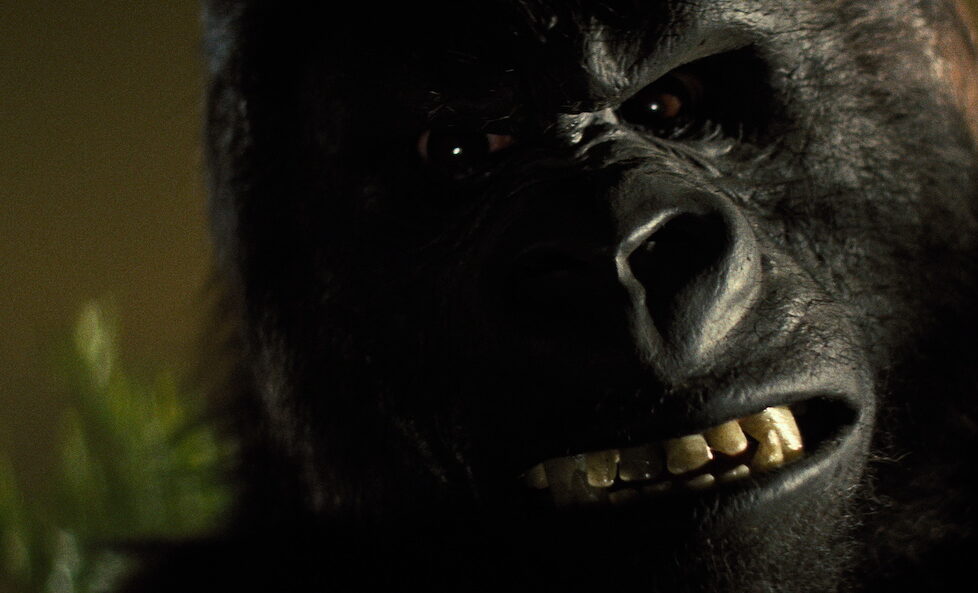
A petroleum exploration expedition comes to an isolated island and encounters a colossal gorilla.


The original King Kong (1933) is so old that 1976’s “modernised remake” itself has become a relic, rapidly approaching its own 50th anniversary. Since John Guillermin’s big-budget update arrived we’ve had a version from Peter Jackson (The Lord of the Rings) in 2005 that made use of advancements in digital VFX, while the giant ape now appears in the so-called ‘Monsterverse’ movies—such as Kong: Skull Island (2017)—that started with a 2014 American remake of Godzilla.
Renowned producer Dino De Laurentiis claimed he decided to remake the iconic monster movie after seeing its poster in his daughter’s bedroom, although ABC executive Michael Eisner is adamant he saw the 1933 movie on television and contacted Barry Diller, the CEO of Paramount Pictures, with the brainwave of redoing this classic concept. Whatever its true origin, De Laurentiis hired screenwriter Lorenzo Semple Jr. (Three Days of the Condor) to write the film, with only two stipulations: it had to be set in the modern day, and the climax would take place atop the World Trade Center instead of the Empire State Building.
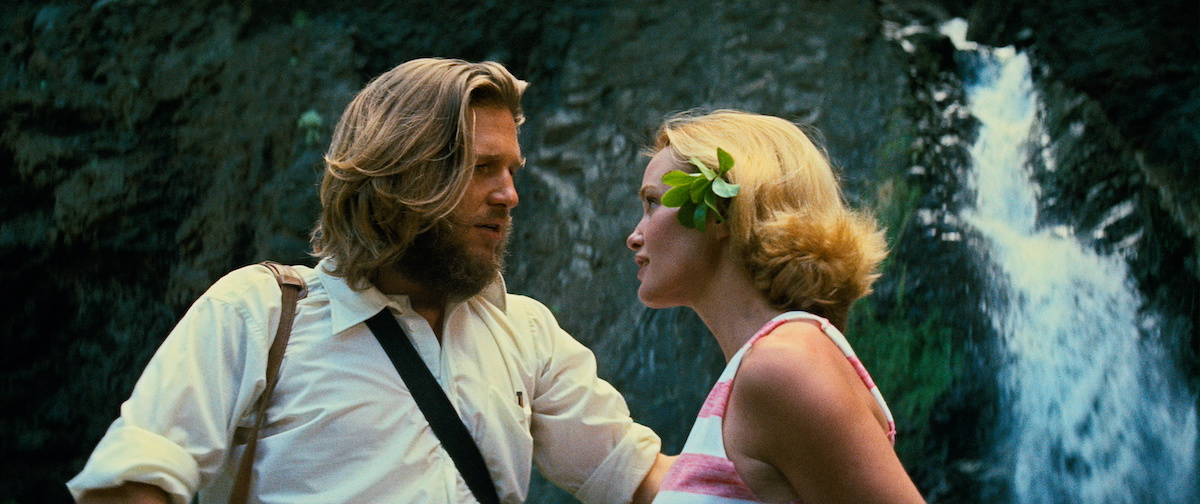
Semple’s own ideas included having the expedition to Skull Island be predicated on a search for oil reserves, and ditching the existence of other giant monsters living alongside Kong (except for an unconvincing giant boa constrictor). In days he submitted a 40-page outline in August 1975, before a final draft was completed in December after several agreed changes were made.
Roman Polanski (Rosemary’s Baby) was initially approached to direct, but he didn’t have any interest in remaking King Kong, so The Towering Inferno (1974) director John Guillermin was instead hired and his experience making a big-screen disaster put to the test. Guillermin apparently got into heated arguments with producer Federico De Laurentiis, Dino’s son, on the set of the film and was threatened with the sack unless he improve his behaviour. This was possibly a portent of things to come because many people involved in King Kong ’76 had a bad time, including Rick Baker and Carlo Rambaldi (Close Encounters of the Third Kind), who designed a 12-metre tall mechanical Kong but were critical of how their hulking $500,000 construct looked on camera.
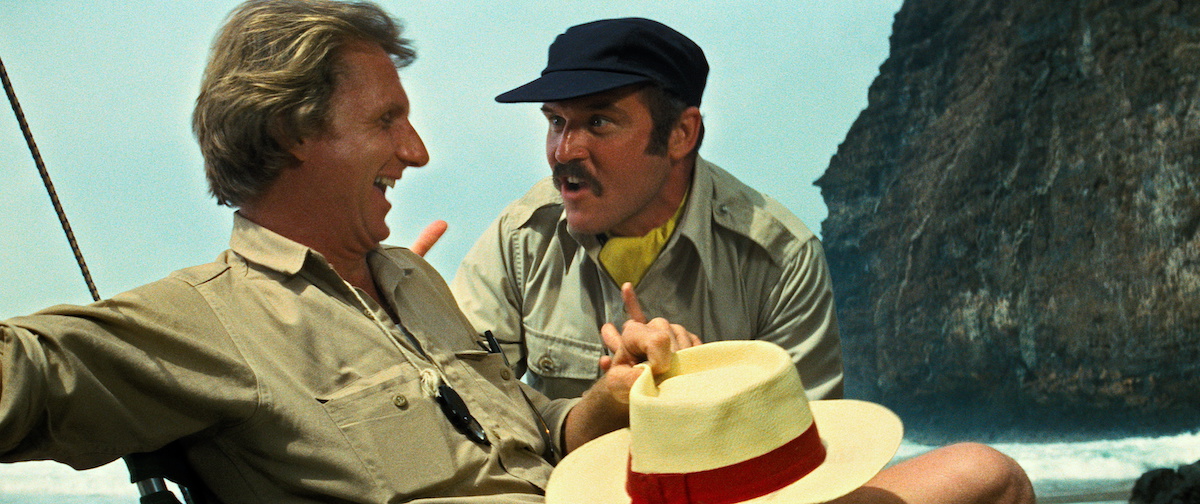
King Kong ’76 isn’t as terrible as its reputation would have one believe, although it helps if this was your introduction to Kong as a child and its many shortcomings flew over your head back then. The most obvious change is that the expedition to Skull Island is predicated on a money-grabbing oilman, Fred Wilson (Charles Gordon), being convinced this hitherto undiscovered paradise sits atop a huge oil deposit. Jack Prescott (Jeff Bridges) is our ostensible hero, a primate expert who smuggles himself aboard Wilson’s vessel because he’s convinced a large beast lives on the island that past explorers encountered to their cost. It’s a thin rationale, to be fair, and even weirder when Jack is suddenly made the expedition’s photographer! And that’s before they rescue actress Dwan (Jessica Lange) from a passing life raft, who survived a yacht explosion that killed her director (huh?) and immediately has the all-male crew drooling over her. It’s clear Lorenzo Semple Jr. couldn’t think of a plausible way to get the core King Kong characters into the story, so try to overlook the awkwardness of how they’re shoehorned into oil exploration.
Narratively, things settle once the crew reach Skull Island and the remake mostly follows a familiar path. There was always a retrograde attitude to the indigenous tribe who worship Kong, but it’s distasteful to see characters given literally nothing to do but dance and act bizarrely in tribal attire. Almost 50 years of social changes and this is how far Hollywood had come? The tribesmen are even referred to as “wogs” in one scene, which is shocking to hear today.
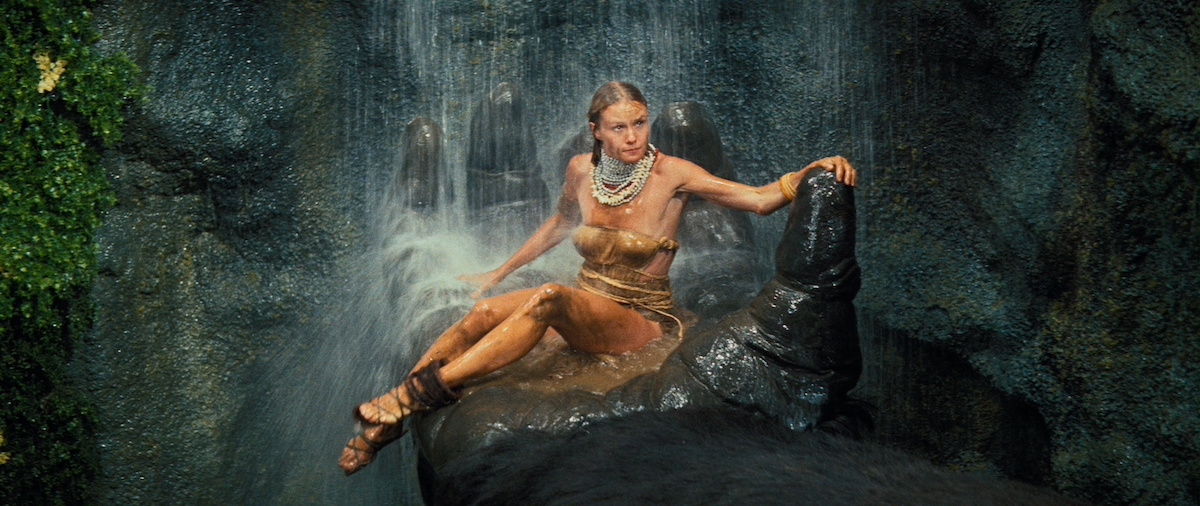
King Kong’s sexual politics are almost as bad as its racial ones, as Dwan’s (why not Dawn?) is the only female character and is always treated as a sex object. Making her debut, Lange looks stunning and the camera highlights her long legs and smiles every chance it gets, but she literally serves no purpose than to be swooned over by males of both species. Once Kong becomes obsessed with Dwan after she’s given to him as a human sacrifice, this so-called monster’s treatment of her is arguably more restrained than the human characters!
Eventually, an angered Kong is chloroformed and shipped back to New York City inside the bowels of an oil tanker, where he’s to be the new mascot of the Petrox Oil Company. I enjoyed this angle, as Kong goes from being a simian God of native islanders to a more figurative God of modern Americans reliant on fossil fuels, as he’s wheeled out inside a cage covered by a gigantic petrol pump facade.
The climax of Kong tearing up the Big Apple in search of Dwan holds up remarkably well decades later. Rambaldi and Baker were understandably happy with Kong’s expressiveness using five different masks they built, although their giant mechanical ape only appeared for 15-seconds once Guillermin realised its limitations. (And those shots stand out like a sore thumb and should have been cut entirely.) For the most part, Kong was portrayed by Baker himself in a monkey suit destroying various miniatures. It’s easy to laugh about the old-fashioned ‘man in suit’ techniques (plus the Land of the Giants-style enormous monkey’s paw that often drifts into scenes), but photographing a real thing demolishing miniature buildings and smashing trains together looks far better than you expect in the days of photorealistic digital creatures. There’s fun seeing how the filmmakers tackled some ambitious sequences using mid-’70s technology, even if it’s not always a success.
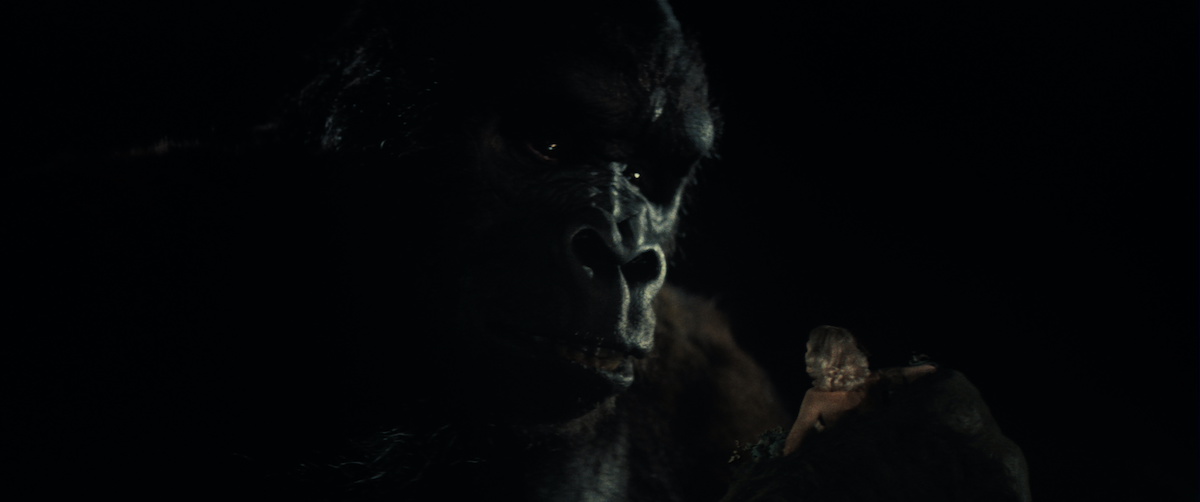
Despite the production concerns, the completed movie was a box office success and grossed over three times its $24M budget ($90M), making it 1977’s third highest-grossing film around the world. And despite mostly mixed reviews, some influential critics either praised it or found it to be inoffensive fun despite its flaws. Although everyone agreed it didn’t hold a candle to the OG version, but who seriously thought it might? Nominated for three Academy Awards (‘Best Cinematography’, ‘Best Sound’, ‘Best Visual Effects’), King Kong won the latter category but shared the Oscar with Logan’s Run (1976).
Overall, King Kong ’76 isn’t the worst film to feature this titan of cinema and it works as a new version of the story attuned to its own era and social concerns. There are ugly moments that highlight the regressive 1970s attitudes to race and gender, regrettably, but it’s otherwise an entertaining and well-paced update of a famous story with enjoyable and charming moments. And the climax atop the World Trade Center, with helicopter guns turning Kong’s torso into a mess of blood and fur, remains an upsetting sequence with more emotional heft than I remembered. But it’s fair to say the technical limitations of the time are what prevents King Kong from becoming a film you’ll often return to, as there’s somehow more magic in the stop-motion animated ape from 1933.
USA | 1976 | 134 MINUTES | 2.39:1 | COLOUR | ENGLISH

Studio Canal supervised this 4K Ultra HD restoration by L’Immagine Ritrovata, who scanned the original 35mm negatives, which were colour-graded by Paramount Pictures, and King Kong 1976 is now presented in Dolby Vision/HDR10 and with a new 5.1 soundtrack. The movie was shot by Richard H. Kline (The Andromeda Strain) and this new disc does a commendable job of bringing his work to life, with dark blacks and plenty of detail in the close-ups of faces and materials. The film grain can be noticeable but it’s not distracting and is far better-resolved thanks to the extra resolution possible with a 3840x2160p image.]
The most obvious improvement is the welcome removal of all scratches and dirt from the image, with a judder-less picture that will certainly please fans of King Kong accustomed to seeing this in a comparatively grotty form (which you can still get a sense of with the bonus materials included.) It’s just a shame the 4K disc includes the Extended TV Broadcast Cut, which eats into the storage space and inevitably results in a lower bitrate for the Ultra HD presentation and lower compression. Why not put that on an accompanying Blu-ray and ensure the main presentation looks optimal? Also, the colour-grading by Paramount appears to have been tweaked, so those more familiar with the film may be disappointed it’s not entirely faithful to what cinema audiences saw in 1976.
The original stereo soundtrack is available and it’s a dense aural experience, which the alternative 5.1 soundtrack doesn’t solve in any meaningful way. King Kong doesn’t feel expansive to listen to, although John Barry’s music is treated well and the dialogue is always clear and distinct.

director: John Guillermin.
writer: Lorenzo Semple Jr. (based on ‘King Kong’ by James Creelman, Ruth Rose, Merian C. Cooper & Edgar Wallace).
starring: Jeff Bridges, Charles Grodin, Jessica Lange, John Randolph, René Auberjonois, Ed Lauter, Julius Harris, Jack O’Halloran, Dennis Fimmel & Mario Gallo.
